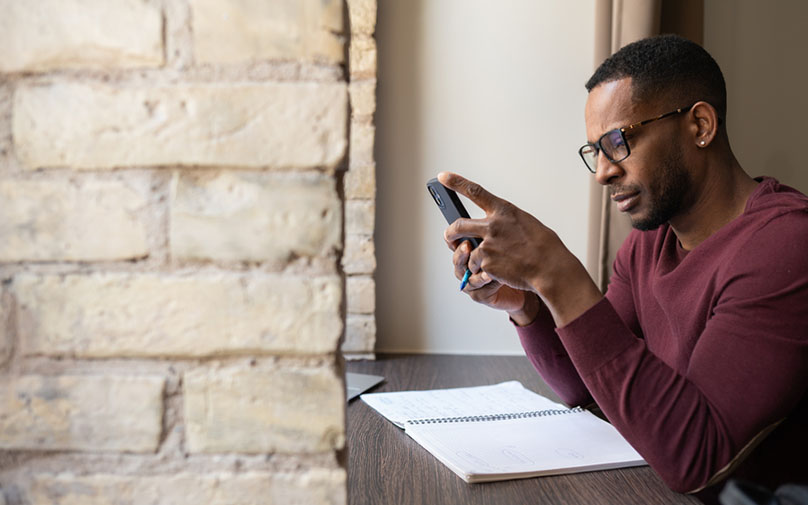
Creating an emergency fund is a great idea for anyone who wants a financial cushion in the event of unforeseen expenses. Building such a fund takes planning and dedication, but it can be done.
First, decide how much money to set aside. This will depend on individual circumstances, such as your income, current savings, and any other financial obligations. Next, create a budget and a plan to save money for your fund. This may include cutting out unnecessary spending and setting aside money from each paycheck. Lastly, it is important to choose a safe place to store the money, such as a high-yield savings account. With dedication and consistency, an emergency fund can be a great resource.
Having an emergency fund in place can help you when faced with unexpected costs. Primarily, it may serve in place of a credit card, which could lead to paying high-interest rates.
The main concept is that, in the event of an emergency, your expenses are covered. These expenses could range from home repairs in the aftermath of a natural disaster to supplementing a salary in the event of a job loss.
What is the size of an emergency fund?
The size of your emergency fund depends on your regular expenses. In general, it is recommended to accumulate enough money to cover your necessary expenses for, at minimum, 3 to 6 months. If you are a freelancer or the only income-earner in the household, you may want to have a fund that could cover your expenses for up to a year.
When budgeting, be sure to account for:
- Essentials, such as food and apparel
- Health care
- Rent and utilities
- Insurance
- Necessary maintenance
- Anything else you need
Necessary expenses can be subjective and depend on individual priorities. To set a goal for yourself, analyze your expenditures for the past 6 months and identify things you can’t do without, even in times of financial hardship. Generally, the more you have in emergency funds, the more secure you will be in the event of an emergency.
How to build an emergency fund
Creating an emergency fund will not happen overnight. If you’re starting out with no savings at all, take some time to examine how much you’re spending on a monthly basis. Categorize your spending into fundamental and discretionary expenses and find out how much is left over at the end of the month. Think through which of those could be cut to increase your savings.
Set aside a certain amount of money each month to contribute to your emergency fund. To stay on track, it can be helpful to set a timeline for having your financial safety net in place. Additionally, you can boost your savings by including any unplanned income, such as bonuses, gifts, or income tax refunds.
The best place to store your emergency fund
Keeping money in an emergency fund is important, but it can be difficult to know where to store it. Is it best to store it in a savings account, stash it away in cash, or invest it to gain a return? It’s important to find a place that will keep your money safe and secure, as well as provide easy access when needed. Here are some suggestions on where to keep your emergency savings.
Prioritizing safety
The top priority should be protecting your savings. That doesn’t mean putting money in a safe in your home. While it may be more secure from theft, it’s still susceptible to natural disasters.
Accessible to withdraw at any moment
Additionally, it should be feasible to get hold of the money whenever desired without a lot of paperwork and without punishment for early withdrawal. In the event of an emergency, you may not have the ability or the time to wade through large amounts of forms before you get to your savings.
Alternative choices for your emergency fund
Most likely the simplest and safest choice is to put away funds in a savings account. You can access your money without penalty whenever you need to and there is very little danger involved.
Nevertheless, most savings accounts carry fairly low-interest rates. It may be smart to consider other options for a portion of your savings in order for your funds to grow. Investing in short-term certificates of deposit could be a viable option. To bridge the time until maturity, a portion of the funds should be kept in cash or in a savings account. Additionally, several hybrid forms exist between the available investment options. For instance, savings accounts with a sweep-in facility or liquid mutual funds may be available, particularly from online banks.
Developing an emergency fund is essential
Having a solid financial footing that includes money set aside for unexpected expenses can help ease financial stress and anxiety. Hopefully, you’ll never need to use an emergency fund, but if you ever find yourself in need, it’s good to know it’s there for you.
This article is for educational purposes only and is not intended to provide financial, tax or legal advice. You should consult a professional for specific advice. Best Egg is not responsible for the information contained in third-party sites cited or hyperlinked in this article. Best Egg is not responsible for, and does not provide or endorse third party products, services or other third-party content.


